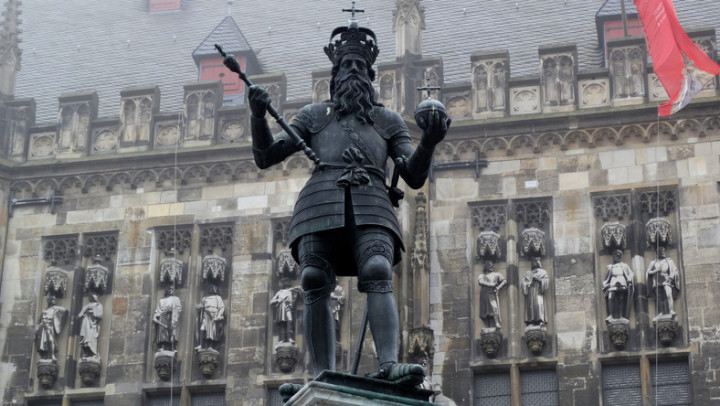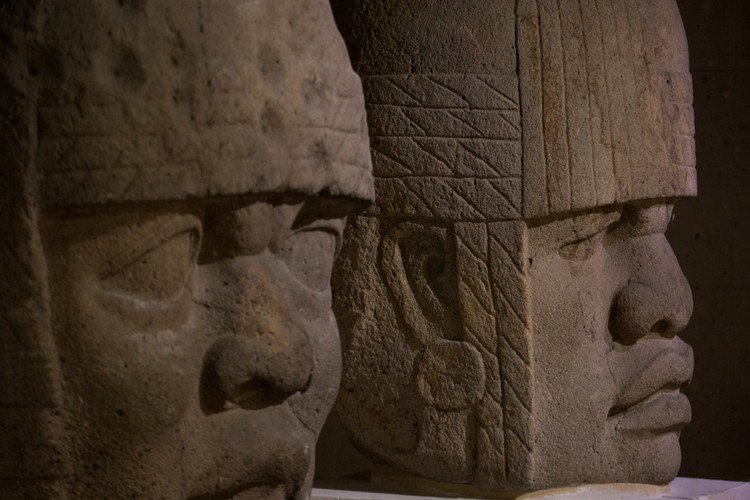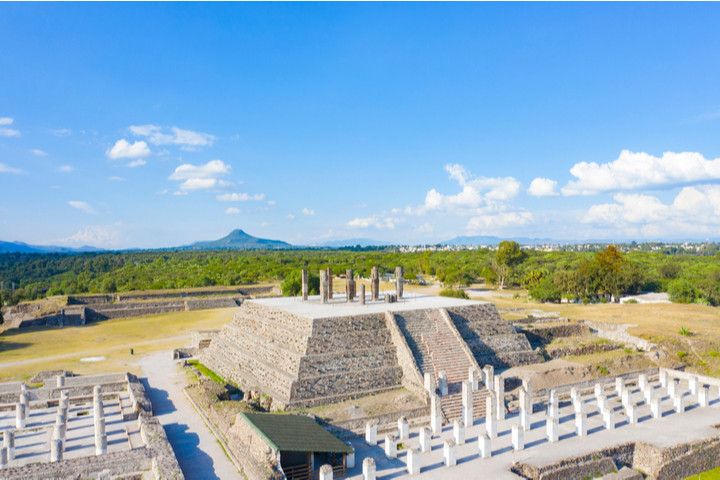The Carolingian Empire is a Frankish kingdom from the early Middle Ages and located in western and central Europe. It was ruled by the Carolingian dynasty (which is considered to be the second dynasty of France).
Location of the Carolingian Empire on the world map
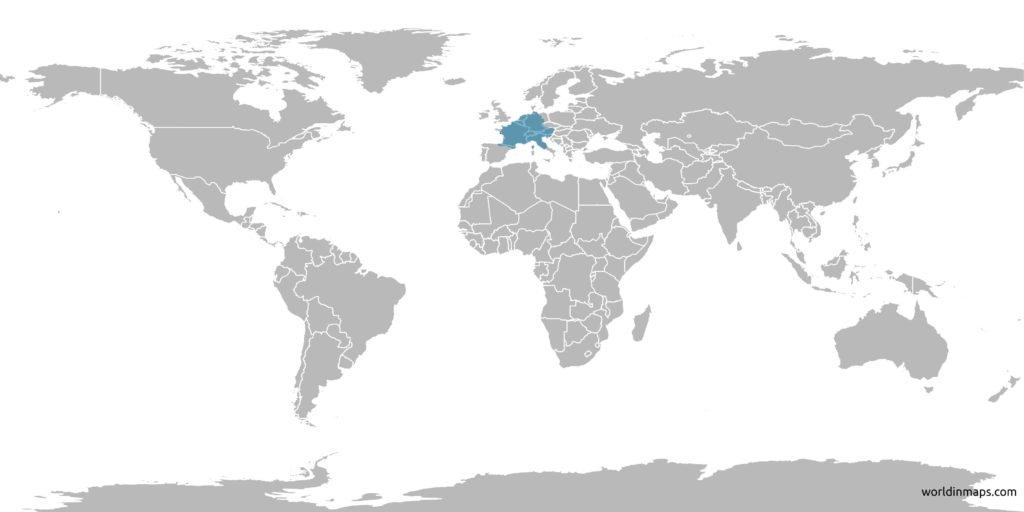
The Carolingian Empire was located in the following present-day countries:
- Andorra
- Austria
- Belgium
- Croatia
- Czech Republic
- France
- Germany
- Italy
- Liechtenstein
- Luxembourg
- Monaco
- Netherlands
- Slovenia
- Spain
- Switzerland
Key Facts
Government
| Government type | Empire |
| Capital | Metz (751- +/- 780) Aachen |
| Currency | denarius |
Emperors
| 800 – 814 | Charles I (Charlemagne) |
| 814 – 840 | Louis I (Louis the Pious) |
| 840 -855 | Lothair I |
| 855 – 875 | Louis II |
| 875 – 877 | Charles II (Charles the Bald) |
| 881 – 888 | Charles III (Charles the Fat) |
Timeline
| 800 | Coronation of Charlemagne |
| 843 | Treaty of Verdun |
| 855 | Treaty of Prüm |
| 888 | Death of Charles the Fat |
People
| Population (around the year 800) | 10 000 000 – 20 000 000 |
| Density of population | 9-18/km2 (23-46/sq mi) |
| Official languages | Latin |
| Religion | Roman Catholic |
Geography
| Area (around the year 800) | 1 112 000 km2 (429 000 sq mi) |
The Rise of the Carolingians (732 – 768)
Charles Martel (the grandfather of Charlemagne) entered the history by stopping the Muslim army at the Battle of Tours in 732. He was the Mayor of the Palace of the Merovingian and so he was the de facto ruler of Francia from 718 until his death in 748, but not the king.
As a result of its victory against the Muslim, the Pope designed him as a defender in the West of the faith and the Church and ask to be under the Frankish protection.
Charles Martel died in 748 and his son Pepin III (Pepin the short) become also Mayor of the Palace of the Merovingian. In 750, he asked the Pope Zachary the authorization to end the reign of the Merovingians by taking the crown in place of Childeric III. Which the Pope accepted by declaring that “it is better to call the one who possesses the power King than the one who does not”.
So in 751 Pepin became King of the Francs. Pepin the short died in 768 and, as a result, his two sons (Charlemagne and Carloman) inherited the kingdom. Both were kings until the dead of Carloman in 771.
The reign of Charlemagne and the Charlemagne Empire (768 – 814)
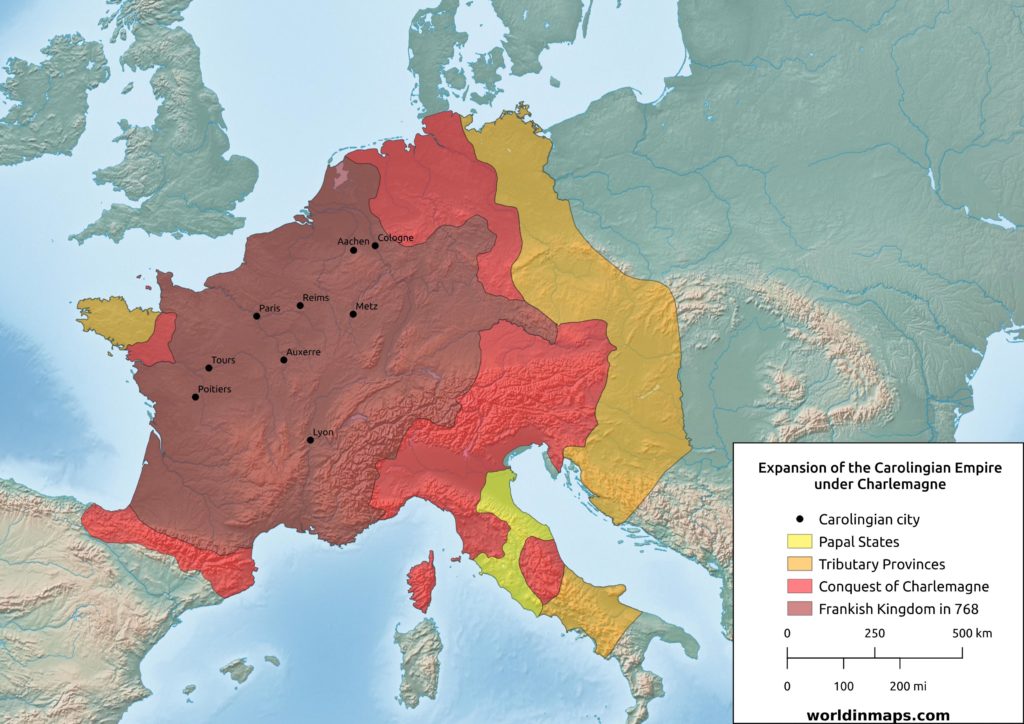
Charlemagne’s reign was one of near-constant warfare, with annual campaigns. It started in 774 with the Lombard Kingdom after that they threatened the new pope. So he annexed their territories and declared himself King of the Lombards.
Secondly, he started to conquered Saxon territories in 772. However the conquest of Saxony will last until 804, with wars and revolts
Then in 778, he extended is kingdom to the south in the Iberian Peninsula with the annexation of the territories located at the north of the Ebro in Spain.
After that, he extended his Kingdom into Bavaria in 788.
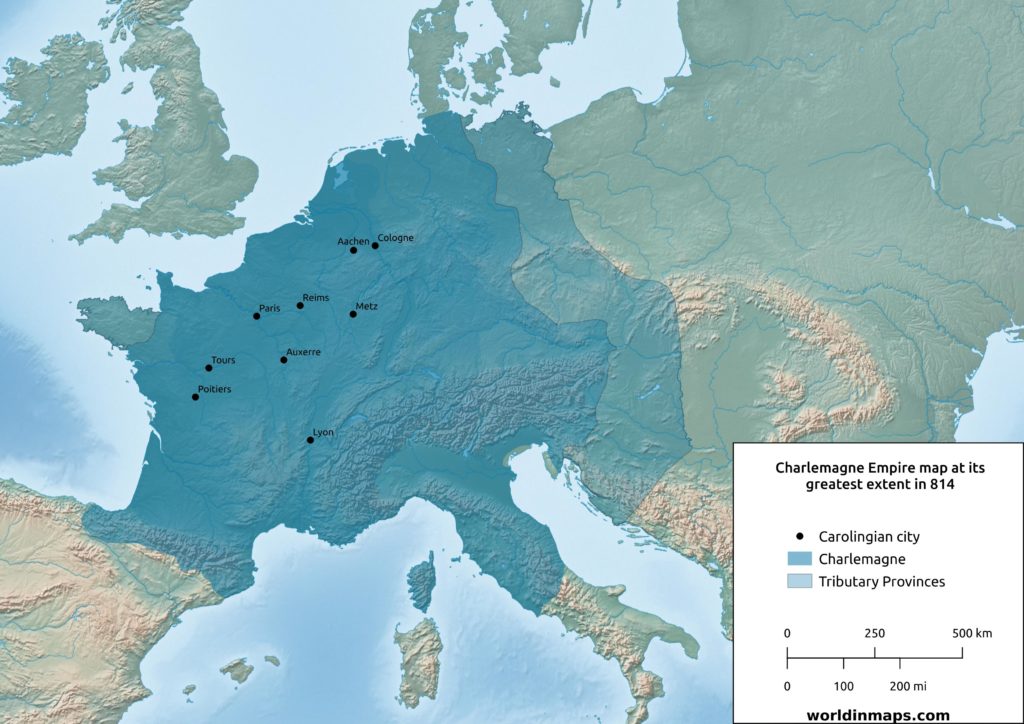
In 800, Charlemagne was crowned Emperor of the West by the Pope, after having rescued him against a conspiracy. So thanks to the alliance between the Papacy and his family, he re-established the Western Roman Empire which was also called the Frankish Empire. Charlemagne continued to call himself King of the Franks and Lombards, in addition to Roman Emperor.
Under the reign of Charlemagne, we assisted to a Renaissance, called the Carolingian Renaissance.
The Carolingian Empire at the death of Charlemagne (814)
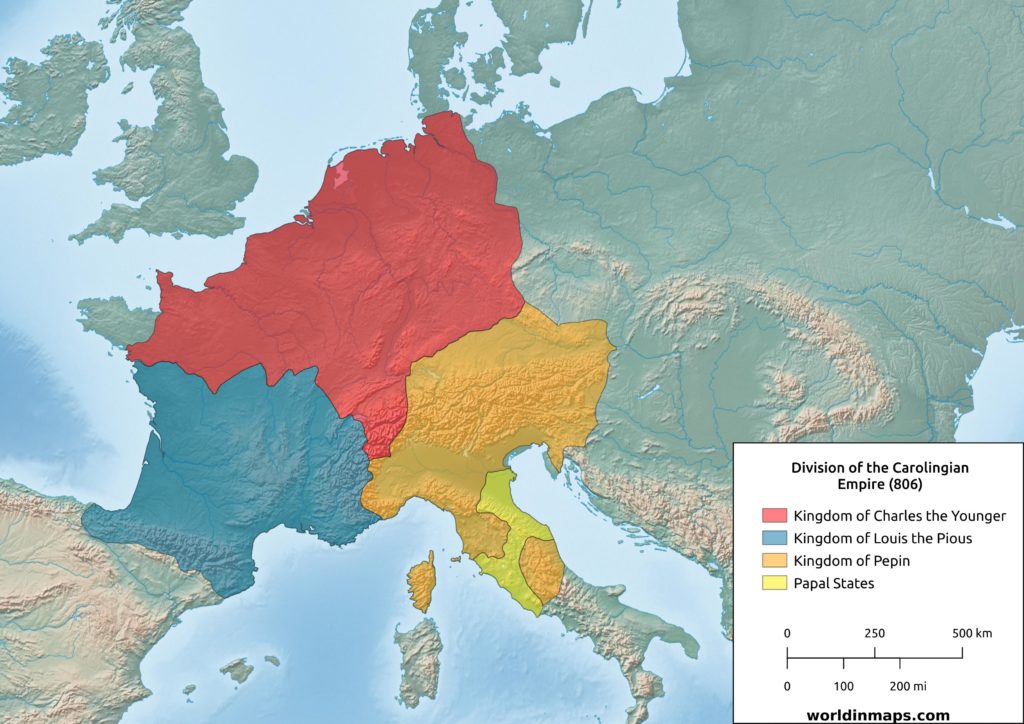
Prior to the death of Charlemagne, a project of division of the Empire between the 3 sons of Charlemagne was established in 806:
- Louis the Pious was king of Aquitaine and was going to received the area from the Alps to Aquitaine
- Pepin (born Carloman) was king of Italy and so he was going to receive Italy and Bavaria
- Charles the Younger was designated King of the Franks and as a result he was going to get the rest of the empire.
But Charles and Pepin died before Charlemagne in respectively 811 and 810.
As a result, Louis was made co-Emperor in 813, and the entire Empire passed to him when Charlemagne died in 814.
The troubles under the reign of Louis the Pious (814 – 843)
In 817, Louis the Pious also solves the problem of his inheritance by dividing the empire between his 3 sons:
- Lothair was made King of Italy and Co-Emperor and will receive the majority of the territory
- Pepin was made King of Aquitaine
- Louis the German was made King of Bavaria.
This subdivision was similar to the one of his father Charlemagne had planned in 806.
But the first political troubles start in 817 with the rebellion of his nephew, the King Bernard of Italy because of being removed from the power by the new division. He was captured and punished to death, but it was commuted to blinding. However, he died from it 2 days later. As a result Italy was brought back into imperial control.
In 829, Louis the Pious tried to change the subdivision of the Empire to give to his fourth son (Charles the Bald – from his second marriage) a kingdom in the east of the empire, but he got resistance of his eldest sons.
The last years of its reign are years of troubles between his sons. In 838, his second son, Pepin, King of Aquitaine, died and so his inheritance opened a new conflict.
The Treaty of Verdun (843)
In 1840, Louis the Pious died and Lothair claimed the entire empire irrespective of the partitions. As a result, Charles and Louis the German went to war against Lothair, which is defeated at the battle of Fontenay. In 842, Charles and Louis made a military pact against Lothair. This marked the East-West division of the Empire between Louis and Charles and therefore it symbolize the birth of France and Germany.
Finally a new treaty is made in 843, the Treaty of Verdun, which settled the partition of the Carolingian Empire.
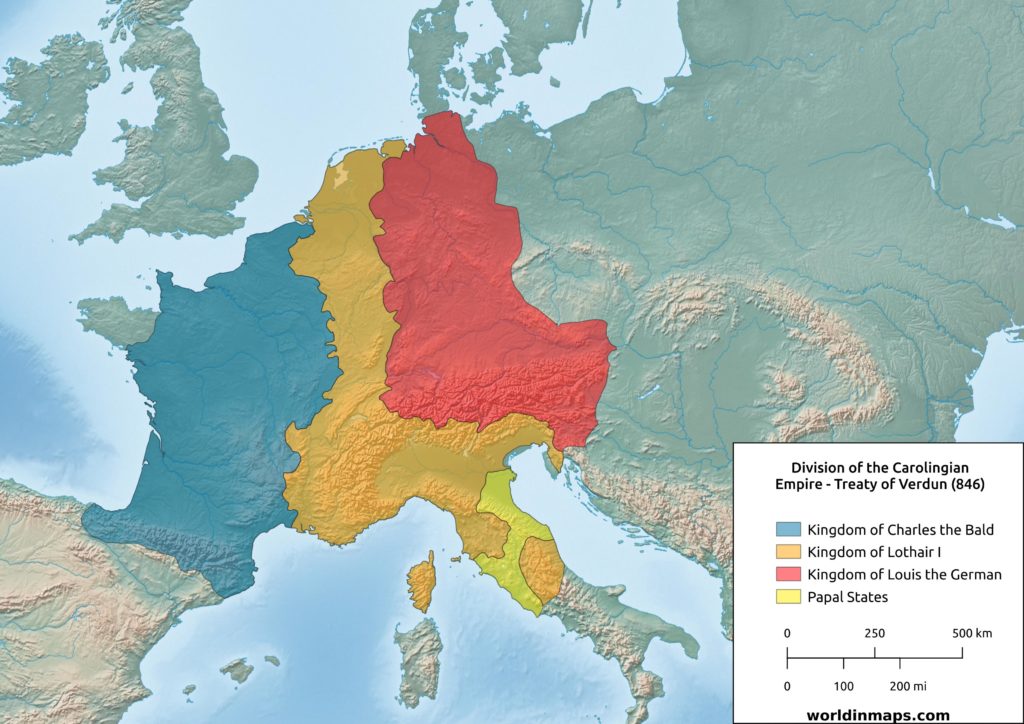
This treaty divided, from west to east, the empire in 3 kingdoms:
- Charles II (the Bald) received all lands west of the Rhone (Western Frankish Realm) and which will become later France
- Lothair I received the imperial title, the kingship of Italy and the territory between the Rhine and the Rhone Rivers (Central Frankish Realm)
- Louis the German received the Kingship of all the lands east of the Rhine and to the north and east of Italy (Eastern Frankish Realm) and which was the precursor to modern Germany.
Lothair I received the imperial title, but after the treaty, it loosed its importance and give no power against the other kingdoms.
Lothair I and the Treaty of Prüm (855)
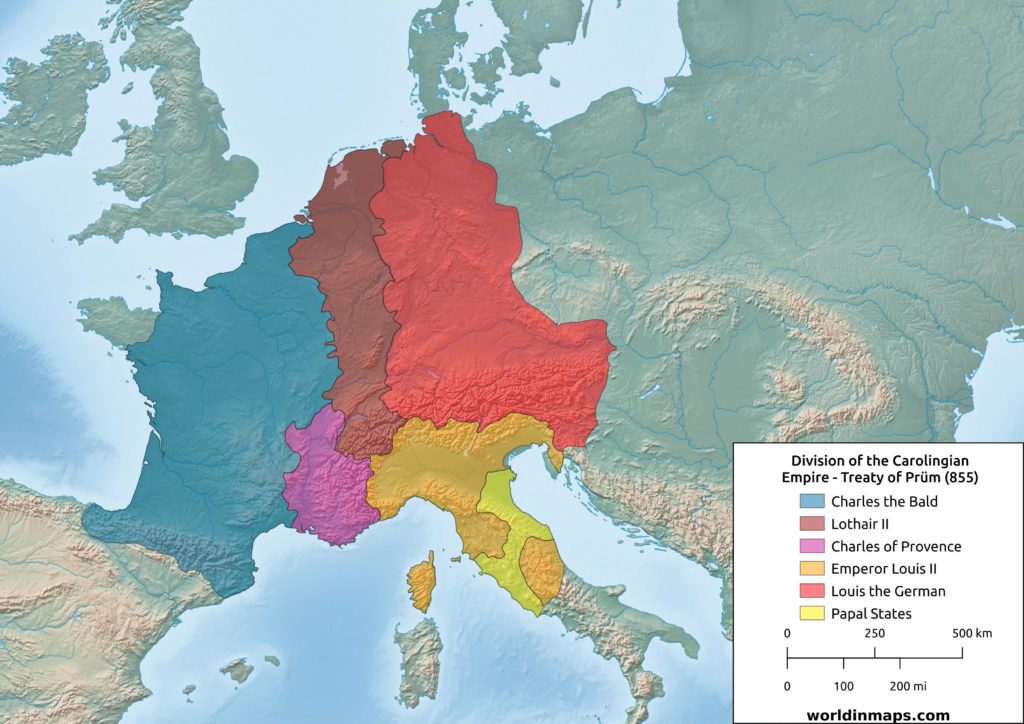
Lothair I made his son Louis II co-Emperor in 850 and died in 855. At his dead, the kingdom was divided into three parts like it was defined in the treaty of Prüm in 855:
- Louis II held his Kingdom of Italy, but also the title of Emperor
- His third son Charles of Provence got the territories of Provence and the greater part of the former Frankish Kingdom of Burgundy
- His second son, Lothair II, got the remaining territories whose realm were named Lotharingia
Louis II and the Treaty of Mersen (870)
At the dead of Charles of Burgundy in 863, Louis II inherited the Kingdom of Burgundy.
Lothair II died in 869 with no legitimate heirs and as a result his Kingdom was divided between Charles the Bald and Louis the German in 870 by the Treaty of Mersen (or Meerssen).
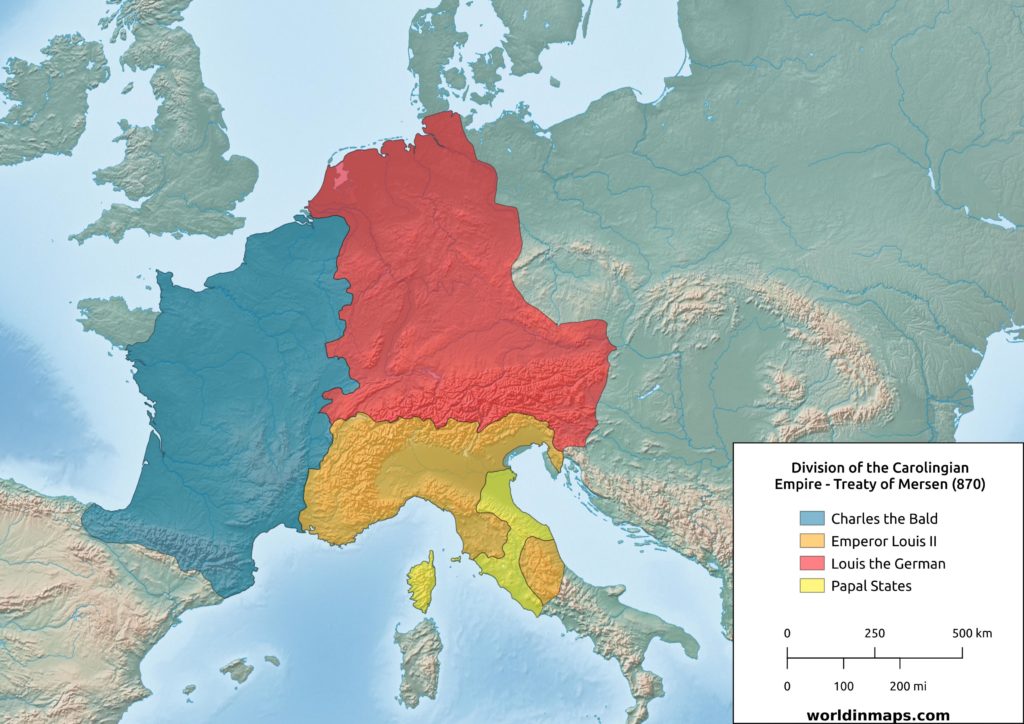
Louis II died in 875 and therefore named Carloman (the eldest son of Louis the German) his heir.
Charles the Bald was crowned King of Italy and, as a result, Holy Roman Emperor by the Pope.
Charles the Bald (870 – 877)
In 876, Louis the German died and Charles tries to annex his realm, but he was defeated and the Kingdom of eastern Franks was divided between Louis the Younger, Carloman of Bavaria and Charles the Fat.
Charles the Bald died in 877 and he was succeeded by his son Louis the Stammerer as King of the Western Franks, but the title of Holy Roman Emperor lapsed.
Charles the Fat (879 – 888)
Louis the Stammerer died two years later and so his realm was divided between his eldest two sons:
- Louis III got Neustria and Francia
- Carloman II got Aquitaine and Burgundy
The Kingdom of Italy was granted to King Carloman of Bavaria, but in 879, he was incapacitated by a stroke and so he divided his domains between his brothers. Bavaria went to Louis of Saxony and Italy to Charles the Fat.
In 881, Charles the Fat was crowned the Holy Roman Emperor.
In 882, Louis III of Saxony and Louis III of Francia died. As a result Saxony and Bavaria were annexed to Charles the Fat’s Kingdom. Francia and Neustria were granted to Carloman II of Aquitaine who also conquered lower Burgundy.
Carloman II died in 884 and so his lands were inherited by Charles the Fat, which effectively recreated the Empire of Charlemagne.
But Charles the Fat could not secure the Empire against the Vikings and after buying their withdrawal from Paris in 886, he was perceived by the court as being cowardly and incompetent.
In 887, his nephew Arnulf of Carinthia raised a rebellion. But Charles the Fat fled instead of fighting the insurrection. He died in 888 leaving the empire divided and without clear succession.
The end of the Carolingian Empire
Finally, the dead of Charles the Fat marked the end of the Empire of the Carolingian, which was divided as follows:
- Arnuf of Carinthia maintained Carinthia, Bavaria, Lorraine and modern Germany
- Cout Odo of Paris was elected King of Western Francia (that will become France).
- Ranulf II got the Kingdom of Aquitaine
- Count Berengar of Friuli get Italy
- Rudolph I got Upper Burgundy
- Louis the Blind got Lower Burgundy.
